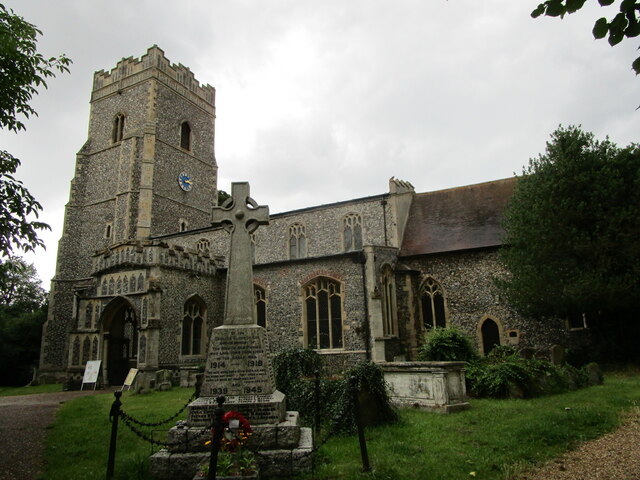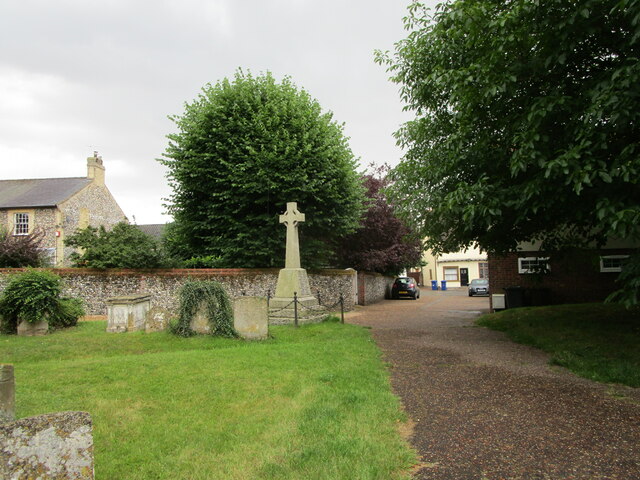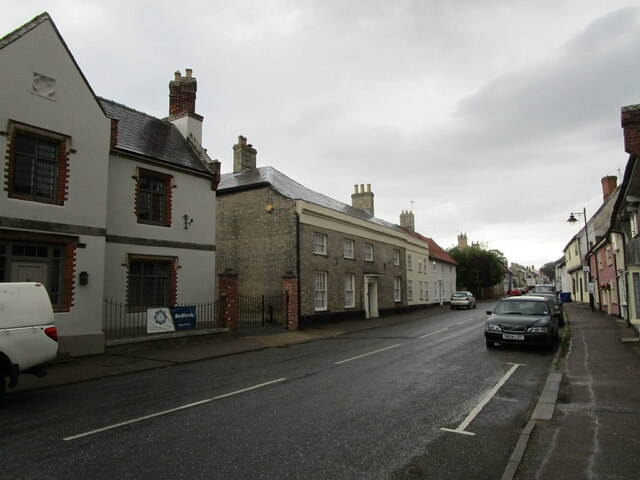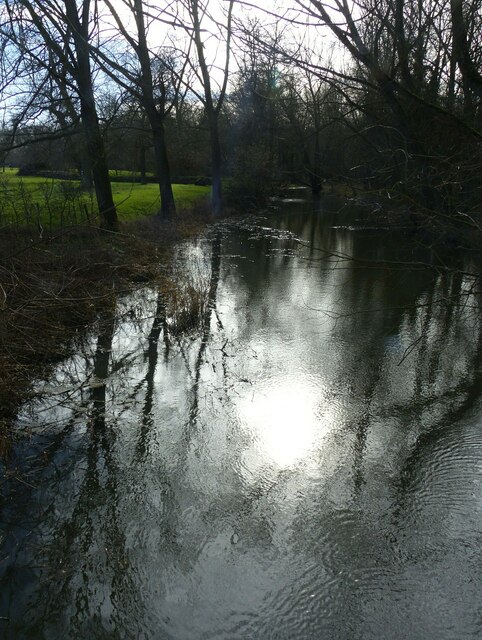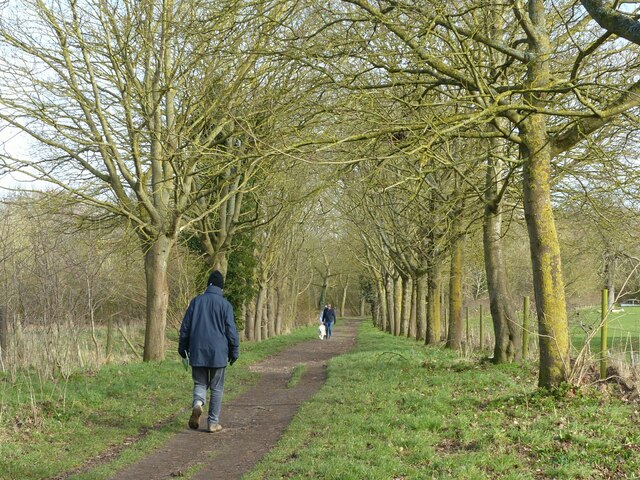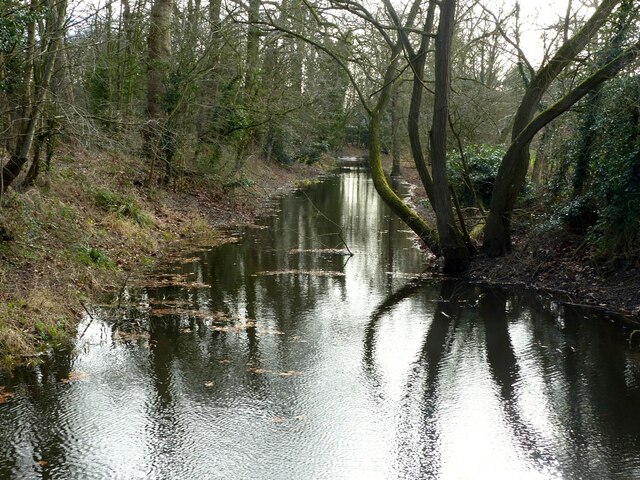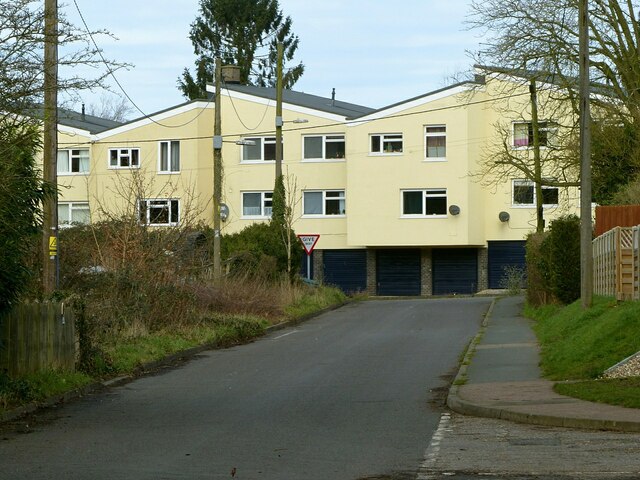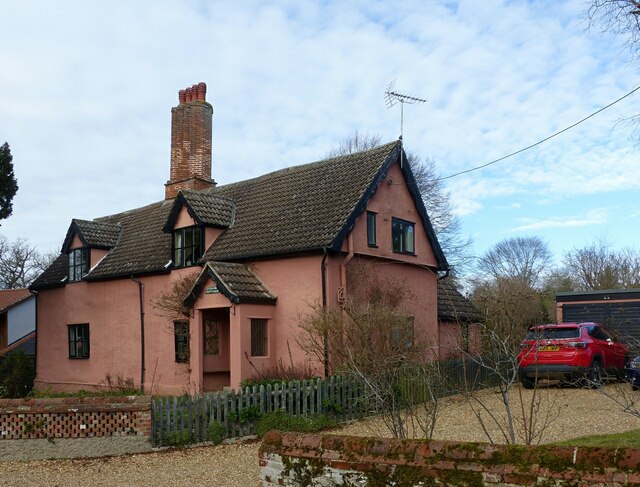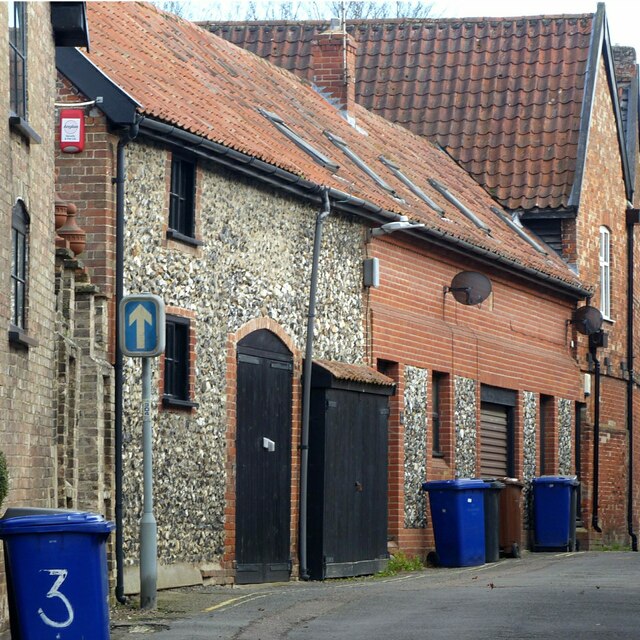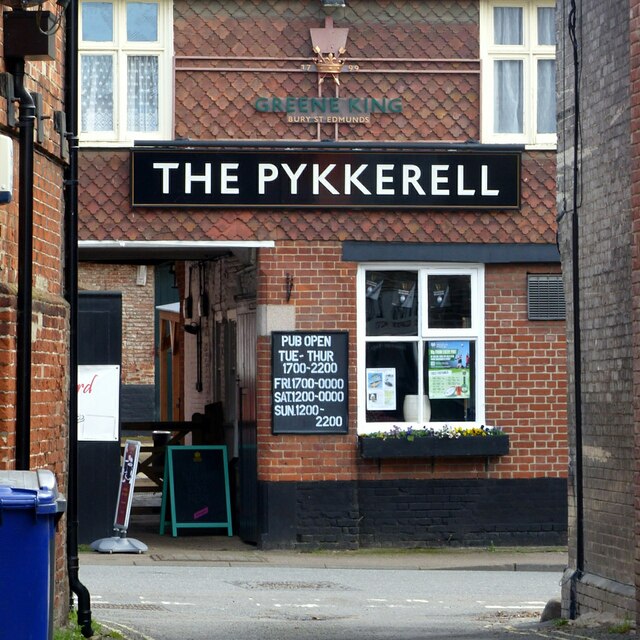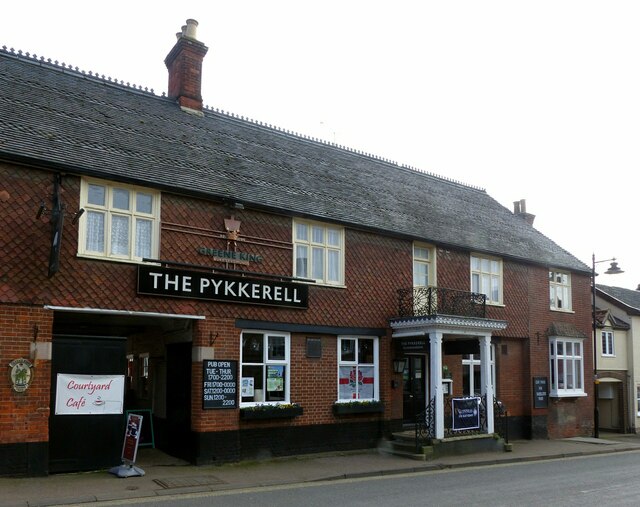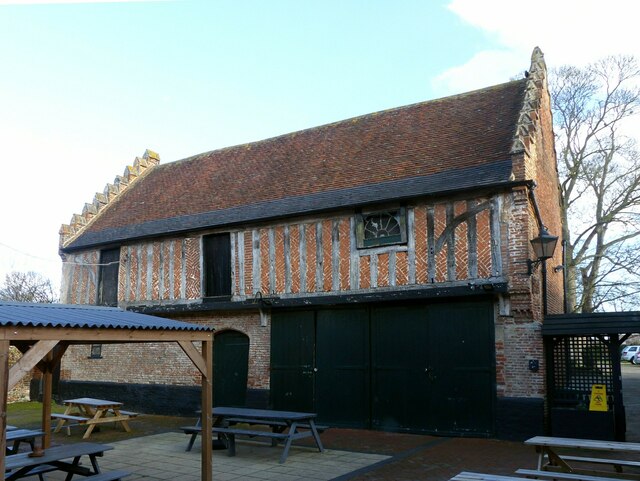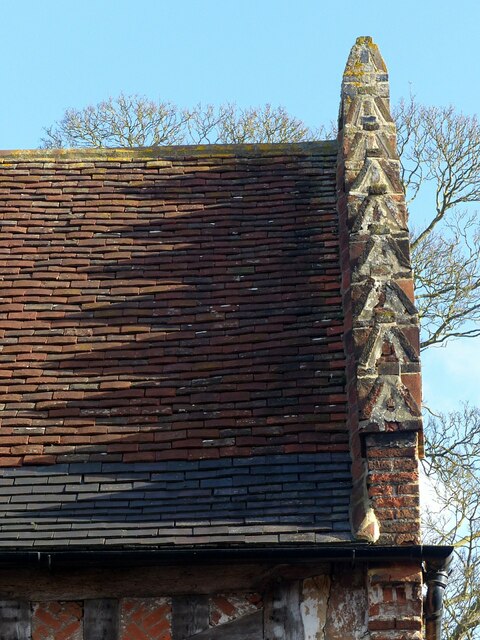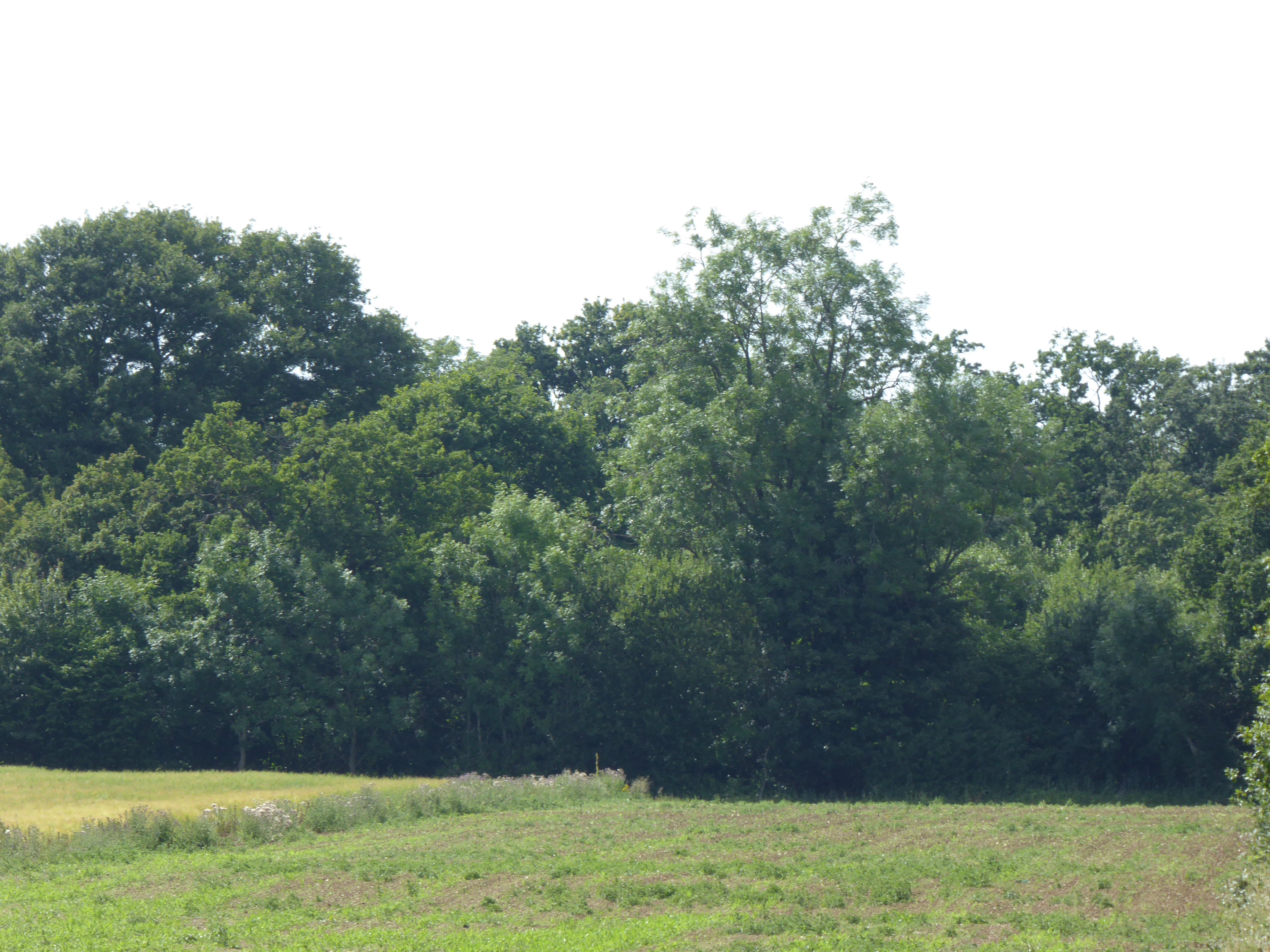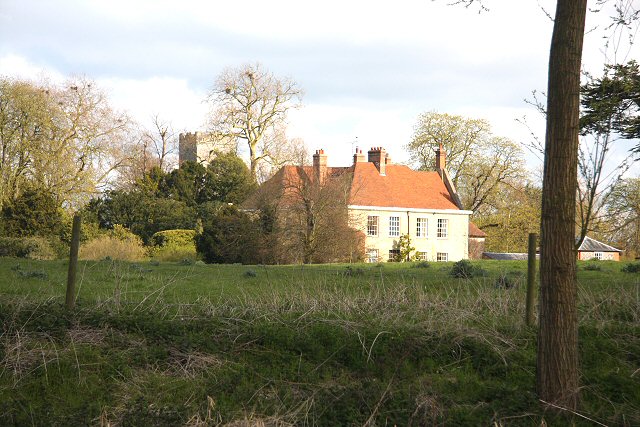Bangrove Wood
Wood, Forest in Suffolk West Suffolk
England
Bangrove Wood
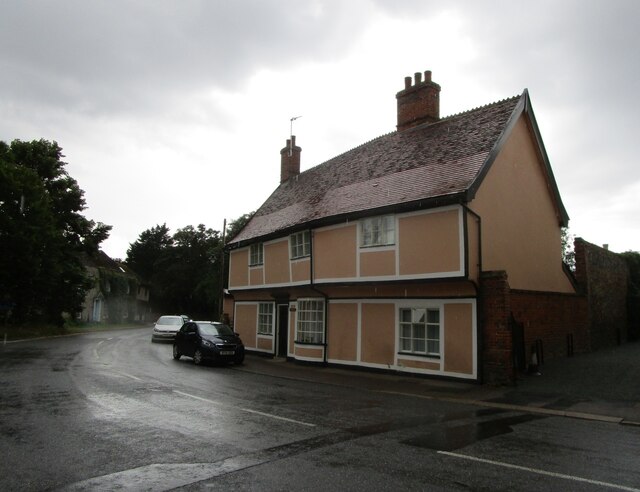
Bentley Wood, also known as Bangrove Wood, is a captivating woodland located in Suffolk, England. Covering an area of approximately 532 hectares, this ancient woodland is a remarkable natural treasure that has been preserved for centuries.
The wood is predominantly composed of oak and birch trees, interspersed with patches of holly and hazel. The diverse vegetation creates a rich habitat for a wide range of flora and fauna, making it a haven for nature enthusiasts and wildlife alike. Bluebells carpet the forest floor in the spring, creating a breathtakingly beautiful sight.
Bentley Wood is renowned for its rich biodiversity. It is home to a plethora of bird species, including woodpeckers, nightingales, and tawny owls. In addition, the wood provides a habitat for mammals such as deer, badgers, and foxes. The presence of these animals showcases the vital role the wood plays in supporting the local ecosystem.
The wood has a long history dating back to the medieval period. It has witnessed various changes in land use over the centuries, from being a hunting ground for the nobility to a source of timber for shipbuilding during the world wars. Despite these transformations, Bentley Wood has managed to retain its enchanting beauty and ecological significance.
Today, the wood is managed by the Forestry Commission, which ensures its conservation and protection. It offers visitors a network of well-maintained footpaths, allowing them to explore its hidden corners and appreciate the tranquility of nature. The wood's accessibility and stunning scenery make it a popular destination for walkers, photographers, and nature lovers seeking solace in its serene surroundings.
If you have any feedback on the listing, please let us know in the comments section below.
Bangrove Wood Images
Images are sourced within 2km of 52.313682/0.83082079 or Grid Reference TL9372. Thanks to Geograph Open Source API. All images are credited.
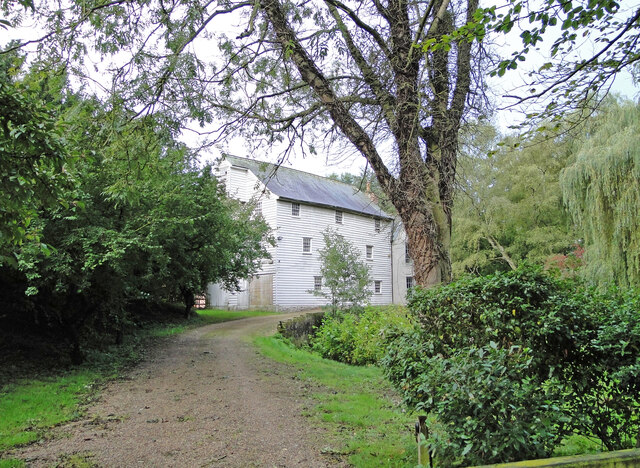
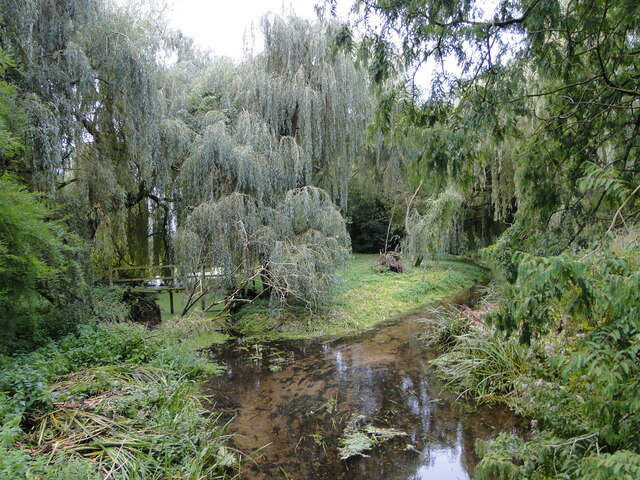
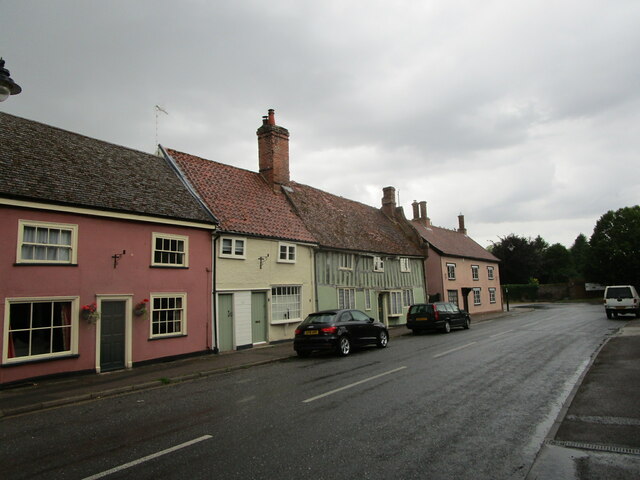
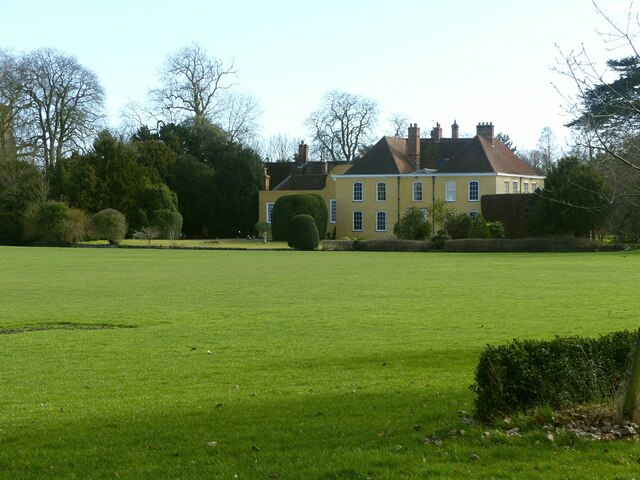
Bangrove Wood is located at Grid Ref: TL9372 (Lat: 52.313682, Lng: 0.83082079)
Administrative County: Suffolk
District: West Suffolk
Police Authority: Suffolk
What 3 Words
///tanked.node.judges. Near Ixworth, Suffolk
Nearby Locations
Related Wikis
Bangrove Wood, Ixworth
Bangrove Wood is an 18.6-hectare (46-acre) biological Site of Special Scientific Interest north of Ixworth in Suffolk, England.This is ancient coppice...
Bardwell, Suffolk
Bardwell is a village and civil parish in the West Suffolk district of Suffolk, England. == Location == Bardwell is located about ten miles north-east...
Ixworth
Ixworth is a village and civil parish in the West Suffolk district of Suffolk, England, 6 miles (9.7 km) north-east of Bury St Edmunds on the A143 road...
Ixworth Thorpe
Ixworth Thorpe is a small village and civil parish in the West Suffolk district of the English county of Suffolk. The village is located on the A1088 road...
Ixworth Priory
Ixworth Priory was an Augustine priory at Ixworth in the English county of Suffolk. It was founded in the 12th century and dissolved in 1537. The priory...
Bardwell Windmill
Bardwell Mill is a Grade II* listed tower mill at Bardwell, Suffolk, England, which is under restoration. == History == Bardwell Mill was built in 1823...
St Andrew's Church, Sapiston
St Andrew's Church is a redundant Anglican church in the village of Sapiston, Suffolk, England. It is recorded in the National Heritage List for England...
Mickle Mere
Mickle Mere is a 17 hectare nature reserve south of Ixworth in Suffolk. It is managed by the Suffolk Wildlife Trust.This area of open water and wet meadows...
Have you been to Bangrove Wood?
Leave your review of Bangrove Wood below (or comments, questions and feedback).
